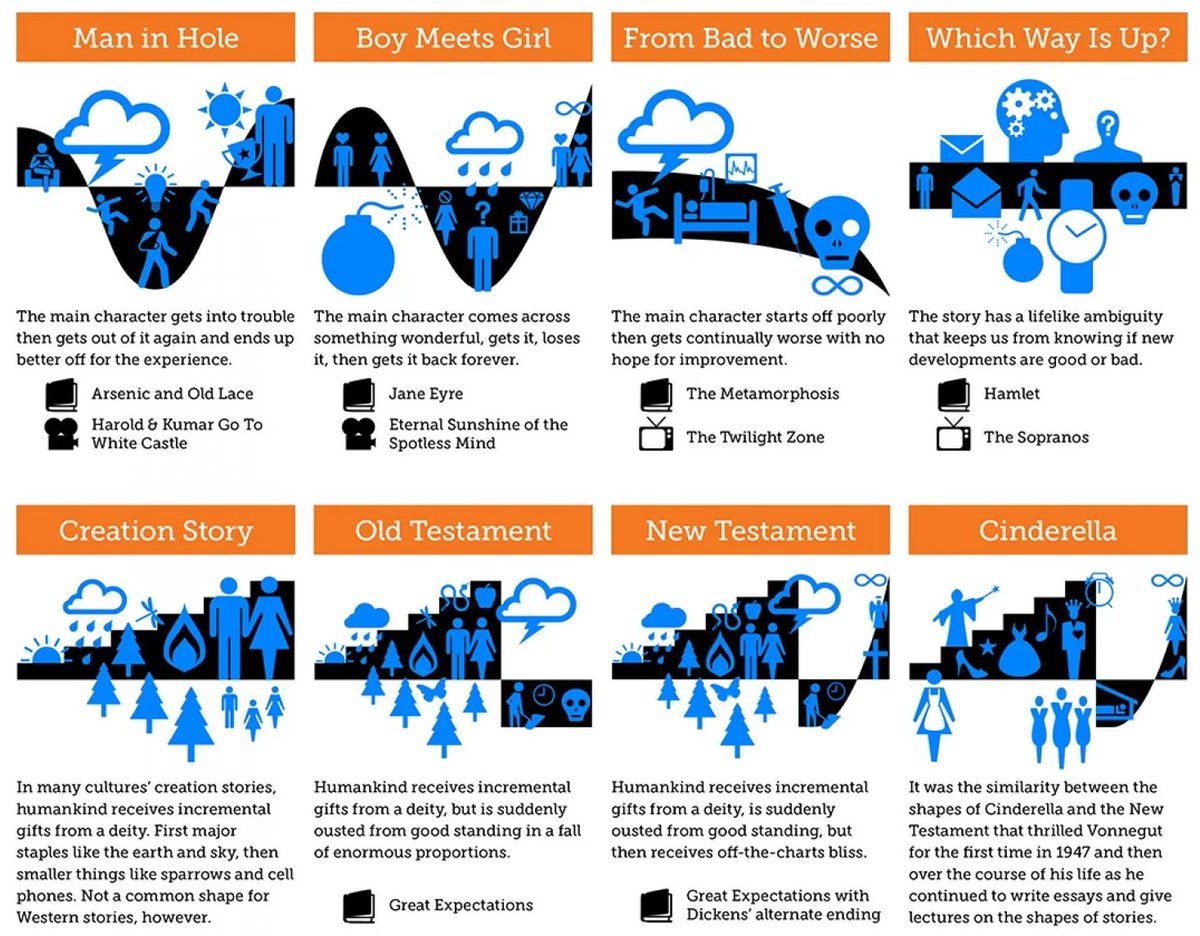
New post: Top 5 reasons marketplaces fail
1. Lack of demand-side PMF: Not enough customers badly need what you’re selling (e.g. Zimride, Kitchensurfing, Neighborrow, Sharingear, Design Inc, Mapudo, Wydr)
Read on 🧵
lennysnewsletter.com/p/why-marketpl…
1. Lack of demand-side PMF: Not enough customers badly need what you’re selling (e.g. Zimride, Kitchensurfing, Neighborrow, Sharingear, Design Inc, Mapudo, Wydr)
Read on 🧵
lennysnewsletter.com/p/why-marketpl…
2. Lack of supply-side PMF: Your supply doesn’t get enough value from your marketplace (e.g. Prim, Exec, HelloParking, ShipItWise)
3. Lack of liquidity: You’re unable to consistently match supply and demand (e.g. Threadflip, Prefer, Zaarly, Varagesale, LetGo)
3. Lack of liquidity: You’re unable to consistently match supply and demand (e.g. Threadflip, Prefer, Zaarly, Varagesale, LetGo)
4. Bad unit economics: You’re unable to make a profit delivering a competitive price to customers while retaining supply (e.g. Shyp, Luxe, Cherry, Homejoy, Omni, Kitchit, Prim, Washio, Exec, Move Loot, 99 Dresses, Dinner Lab, Commerce One)
5. Scaling too fast: You scale quickly without maintaining a consistently great experience (e.g. Handy, Fab, Laurel & Wolf, Groupon, Fad, Wimdu, OLX, Etsy – which they recovered from)
Other (less common) reasons marketplaces fail, to watch out for:
1. Disintermediation
2. Multi-tenanting
3. Lack of fragmentation on both sides
4. Too small a market
5. Bad execution
1. Disintermediation
2. Multi-tenanting
3. Lack of fragmentation on both sides
4. Too small a market
5. Bad execution
Much more, including stories from 30+ marketplaces and how marketplaces WIN, in the full post
lennysnewsletter.com/p/why-marketpl…
lennysnewsletter.com/p/why-marketpl…
• • •
Missing some Tweet in this thread? You can try to
force a refresh






